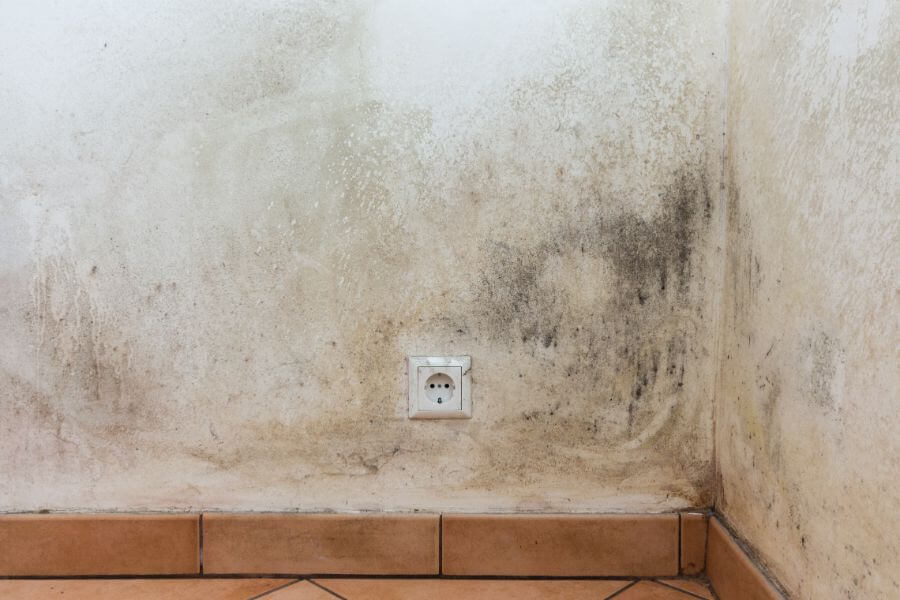As a homeowner, it’s important to be aware of the condition of your basement. While it may not be the most glamorous part of your home, it plays a crucial role in the overall health and stability of your property. One common issue that homeowners may face is a basement that is too high, resulting in a range of problems that can impact the safety and comfort of your living space. In this article, we’ll discuss the signs that indicate you may need to lower your basement, and what steps you can take to address the issue.
At IcyReno Waterproofing, we’ve been providing basement lowering services to homeowners in Toronto and the surrounding areas for many years. Our team of licensed and insured experts has the experience and knowledge needed to handle even the most complex projects, ensuring that your basement is safe and comfortable for years to come.
Signs That You May Need to Lower Your Basement
There are a number of signs that may indicate that your basement is too high and needs to be lowered. Here are some of the most common:
Moisture and Mold: If you notice dampness or mold in your basement, it could be a sign that the space is too high. This is because moisture tends to accumulate in the lowest areas of your home, and a high basement can prevent water from properly draining away.
Cracks in Foundation Walls: Cracks in your foundation walls are another indicator that your basement may be too high. This is because a high basement can put extra pressure on your foundation, causing it to crack and shift over time.
Uneven Flooring: If your basement floor is uneven or sloping, it could be a sign that your basement is too high. This can happen if the floor was poured before the foundation was properly settled, causing it to rise over time.
Limited Headroom: If you have a low ceiling in your basement, it could be because the space is too high. Lowering your basement can help create more headroom, making the space feel more comfortable and inviting.
Difficulty Accessing the Basement: If you have to navigate a steep staircase to get to your basement, it could be a sign that the space is too high. Lowering your basement can help make the space more accessible, improving its overall functionality.
Steps to Lower Your Basement
If you’ve determined that your basement is too high, there are several steps that you can take to lower it. Here’s a closer look at the process:
- Inspection: The first step is to have your basement inspected by a licensed contractor. They will evaluate the condition of your foundation, assess the amount of work that needs to be done, and provide you with a quote for the project.
- Excavation: Once the plan is in place, excavation work will begin. This involves removing soil and debris from around the foundation to create space for the lowering process.
- Lowering the Foundation: The next step is to lower the foundation to the desired level. This is typically done using hydraulic jacks and other specialized equipment to carefully and safely lower the foundation walls.
- Reinforcing the Foundation: After the foundation has been lowered, it will need to be reinforced to ensure its stability. This may involve adding additional concrete or steel supports to the walls.
- Waterproofing: Once the foundation has been lowered and reinforced, it’s important to take steps to waterproof the space to prevent future moisture issues. This may include installing a new drainage system, sealing foundation cracks, or adding a sump pump.
- Finishing: Finally, the space can be finished to your liking. This may involve adding new flooring, walls, lighting, and other features to create a comfortable and inviting living space.
Lowering a basement can be a major undertaking, but it can also be a crucial solution to various issues such as water damage, inadequate ceiling height, or limited usable space. It is important to work with a professional waterproofing and foundation repair company like IcyReno Waterproofing to assess your basement’s condition and determine if lowering is necessary. Our team of licensed and insured experts can provide a thorough inspection and recommend the best course of action to ensure a safe and long-lasting result.
